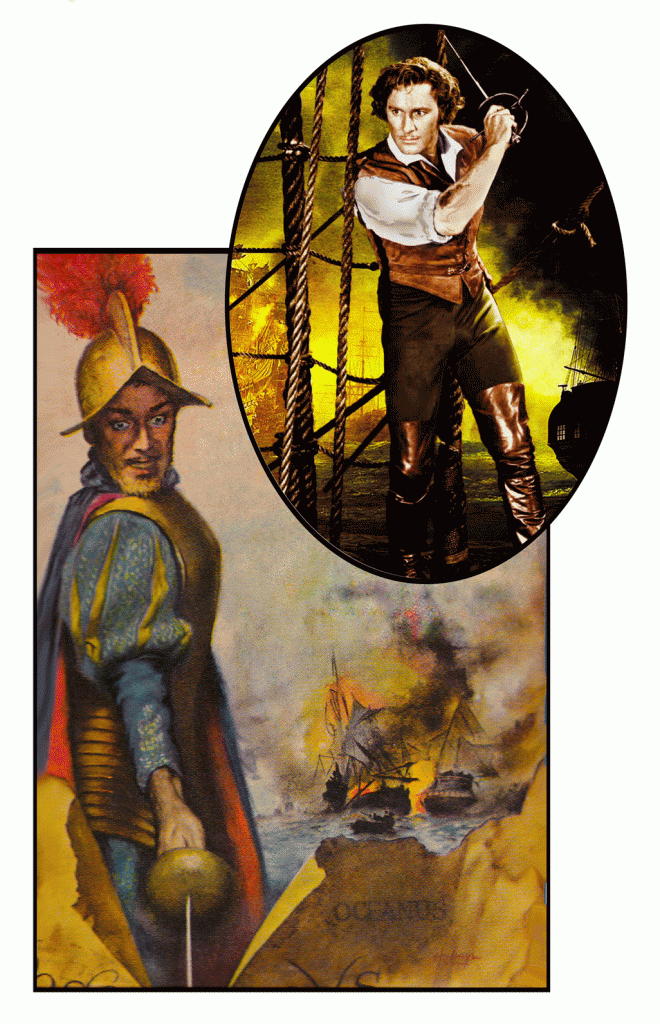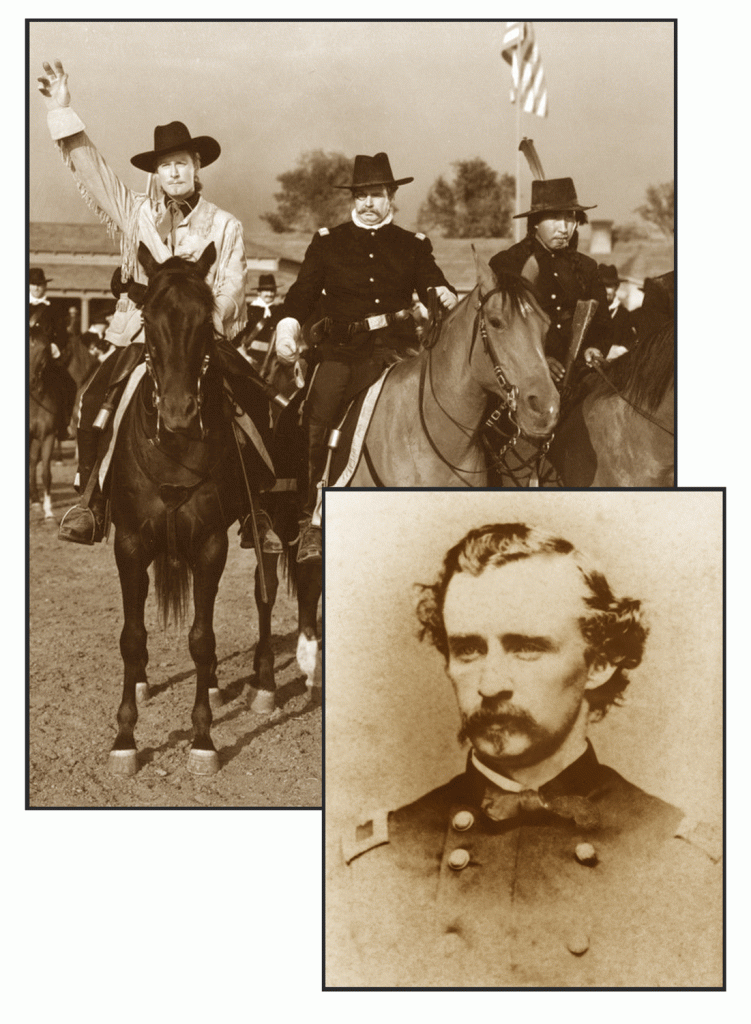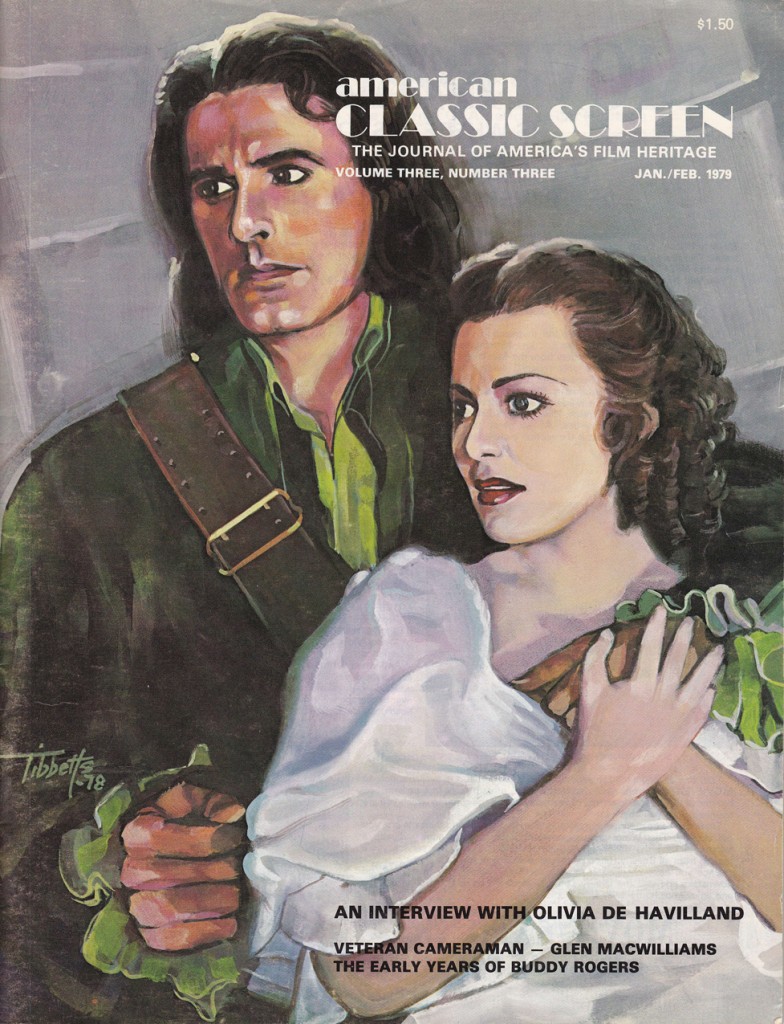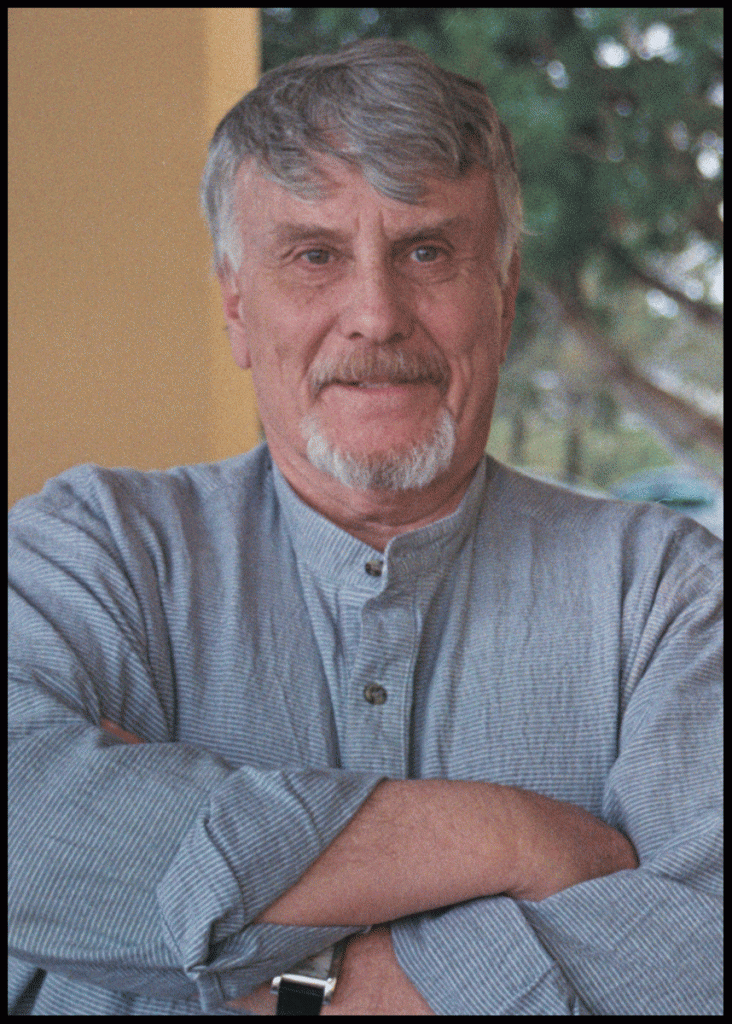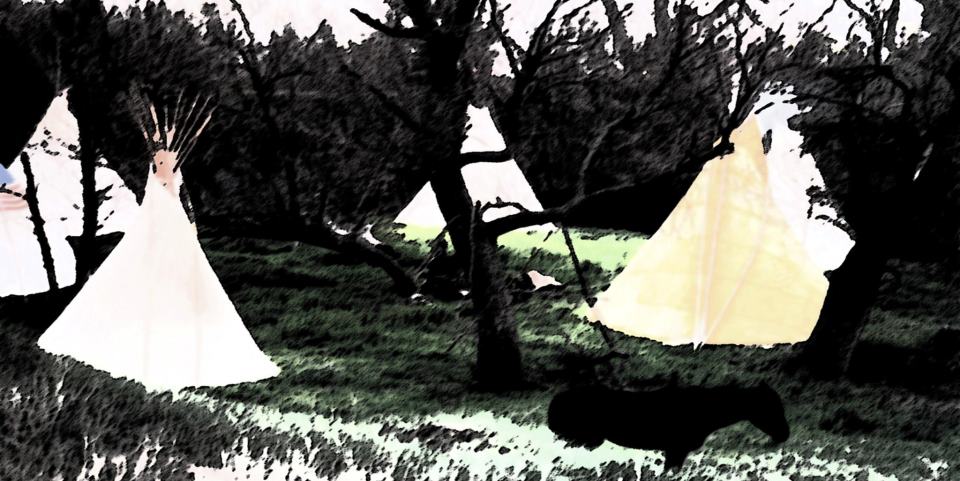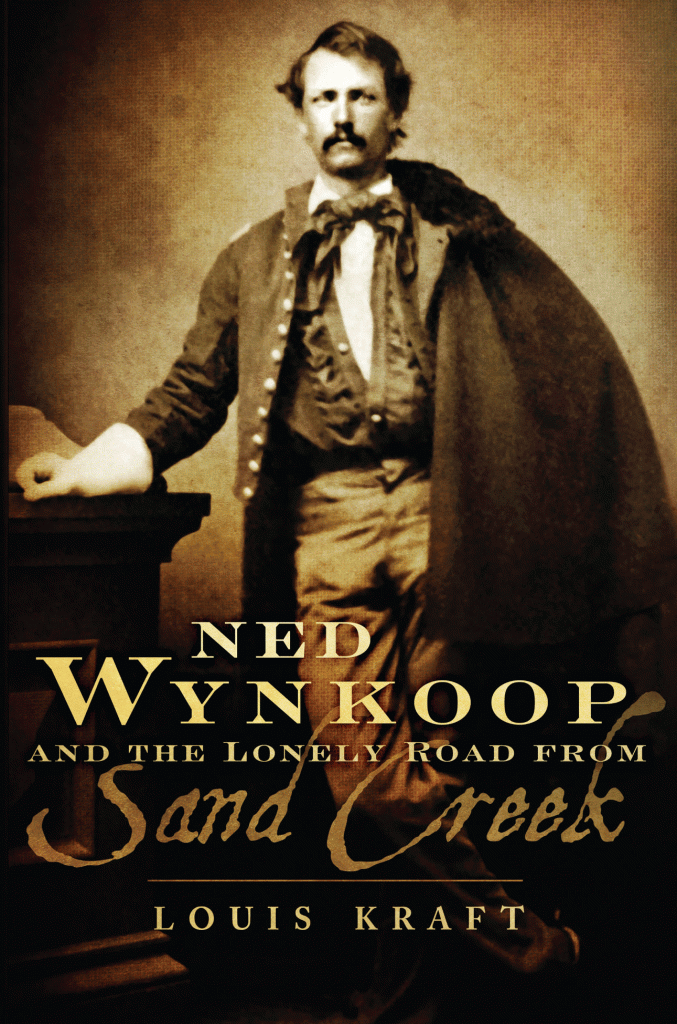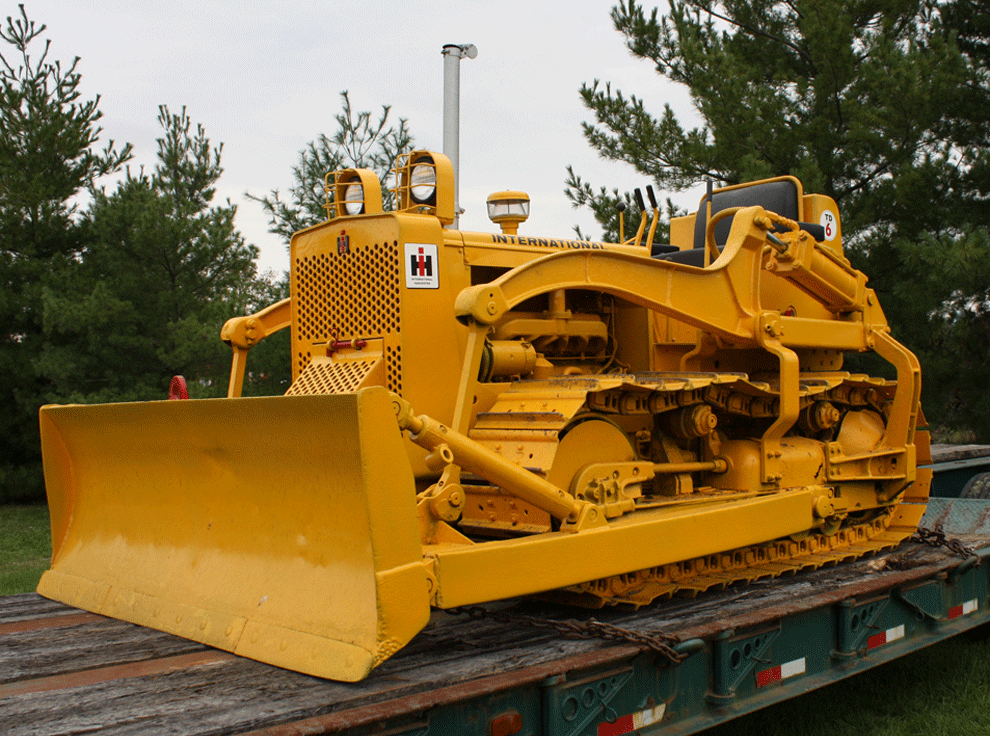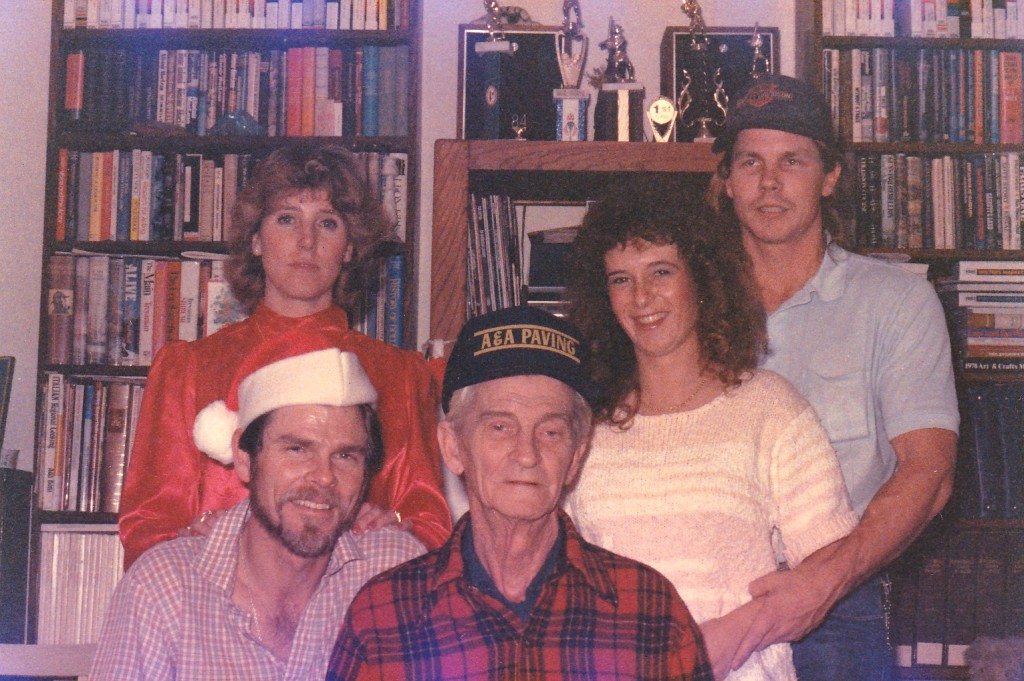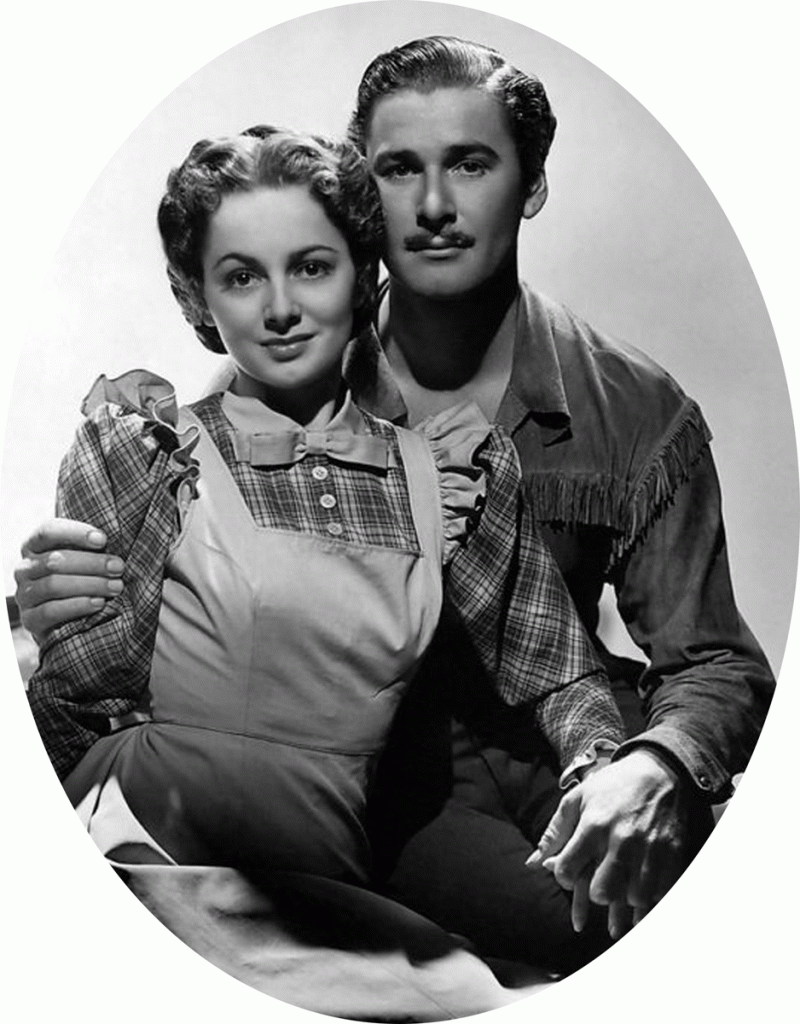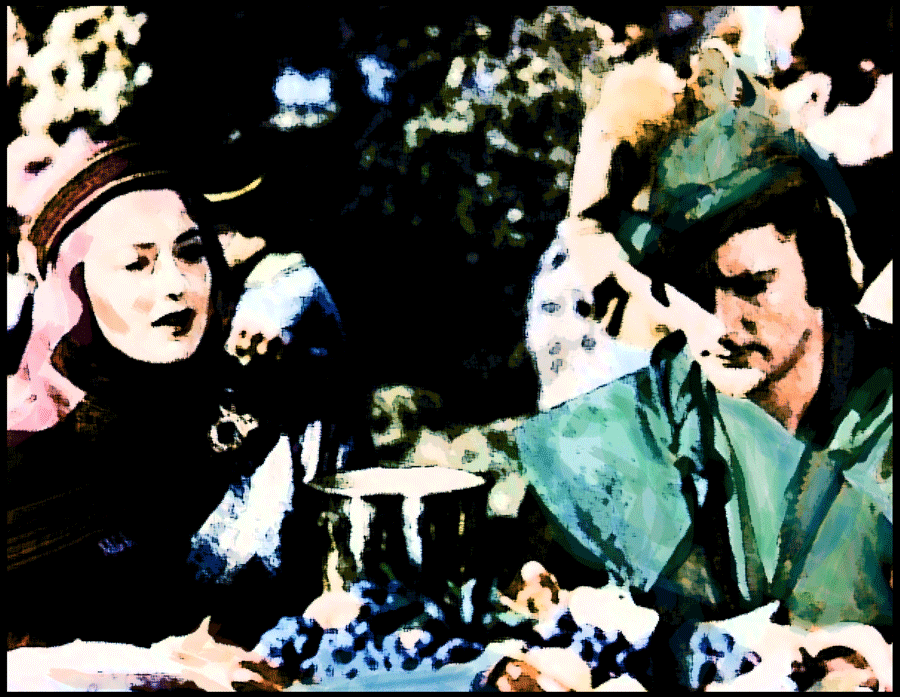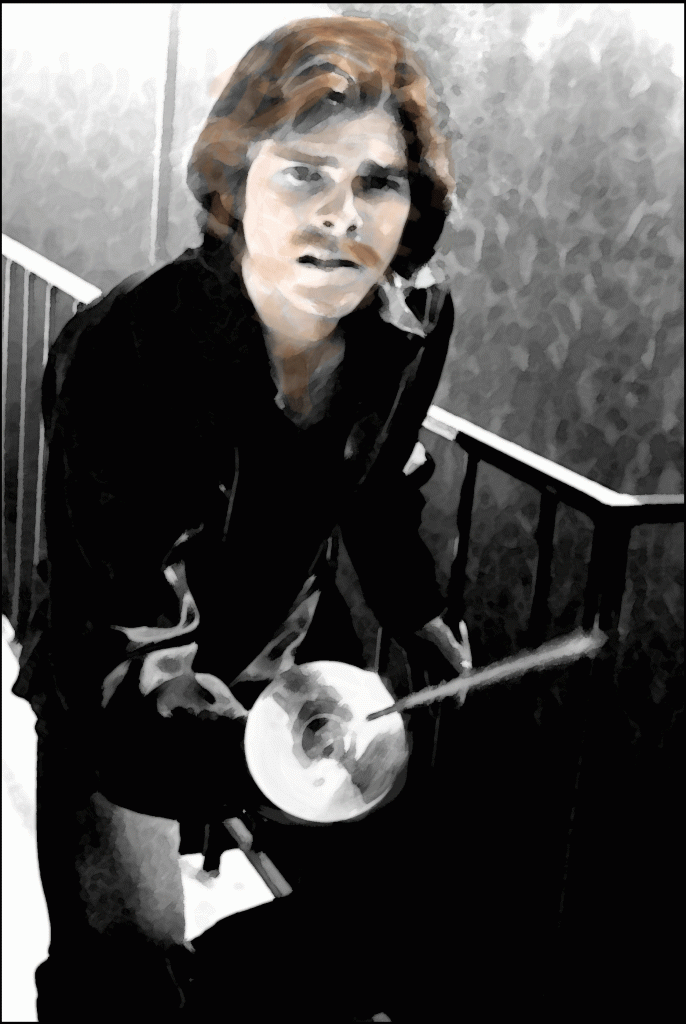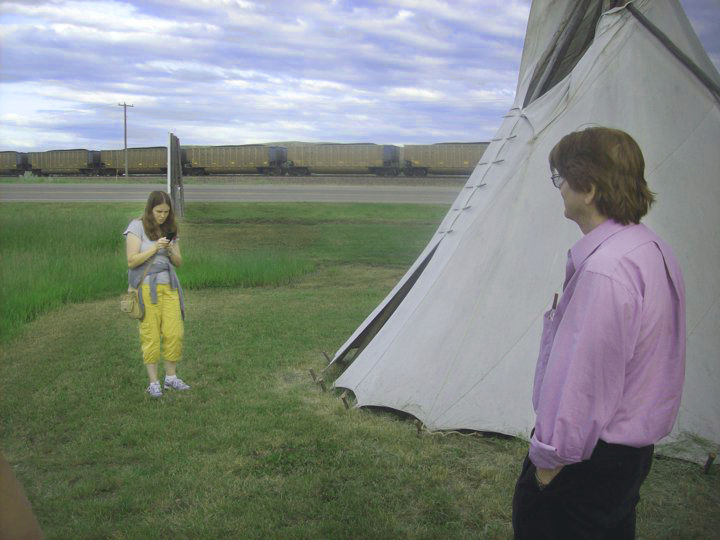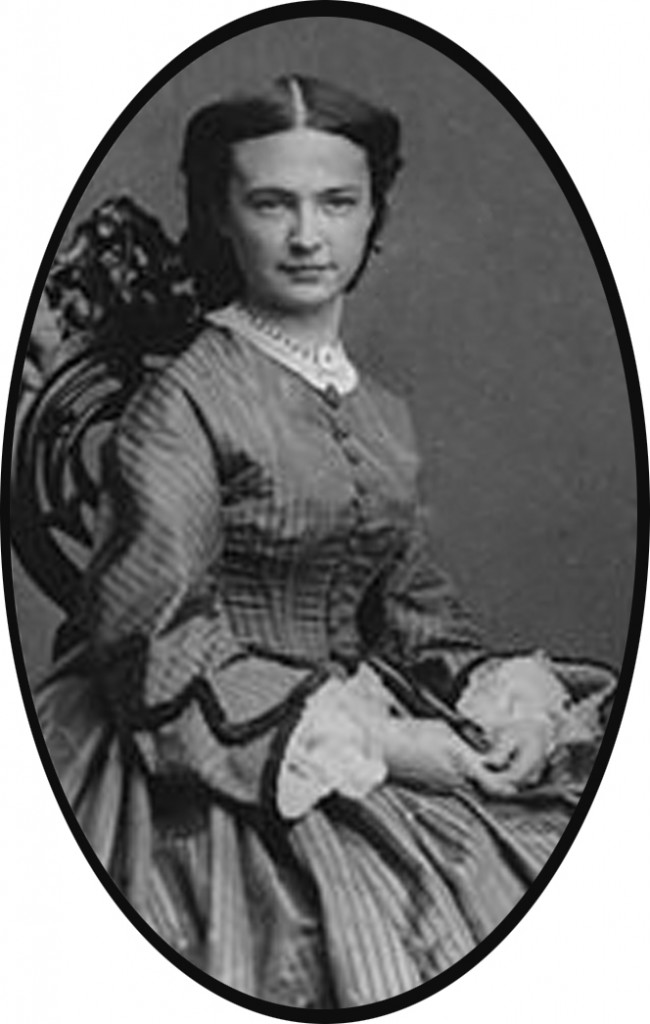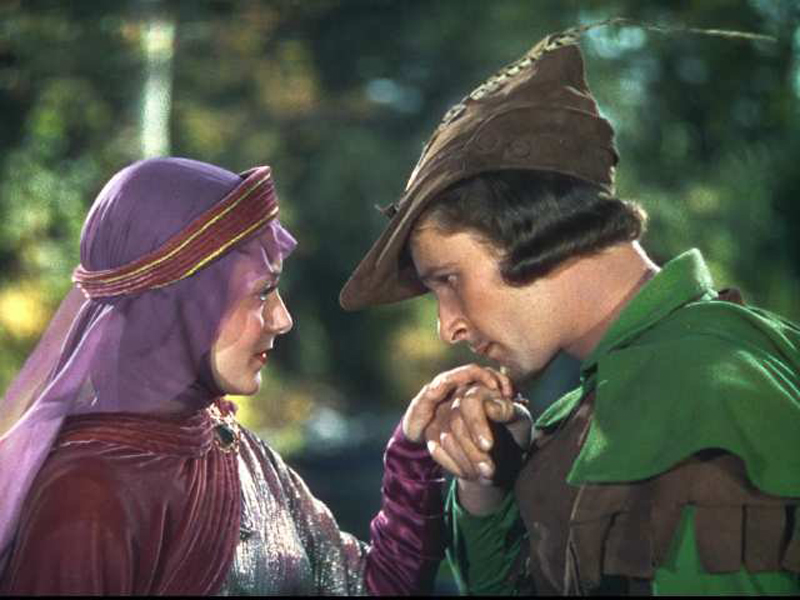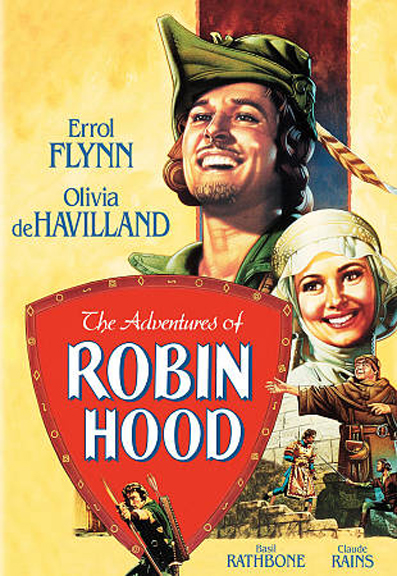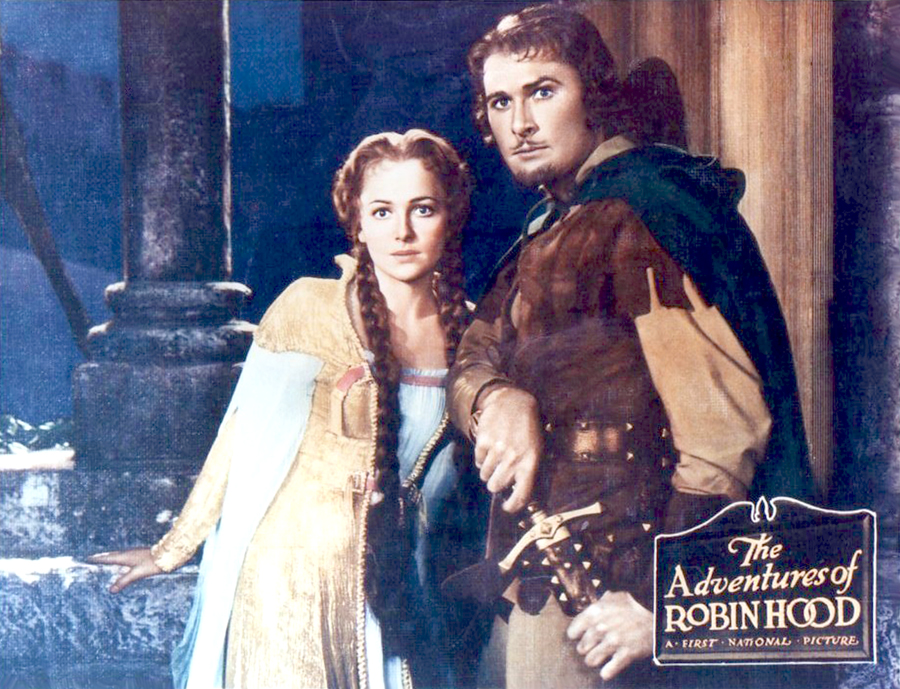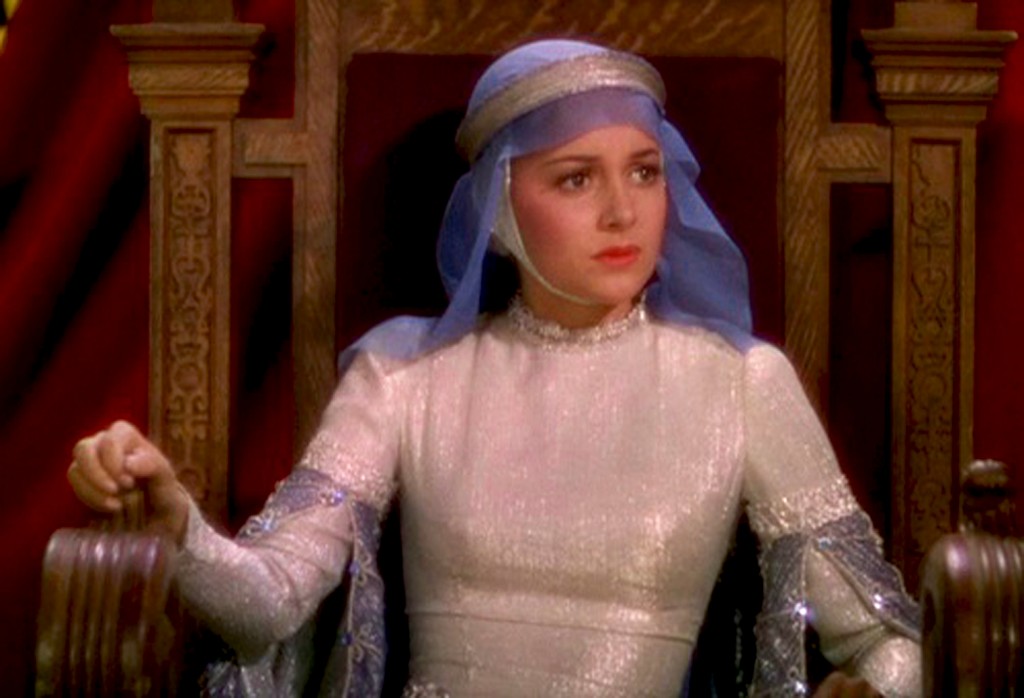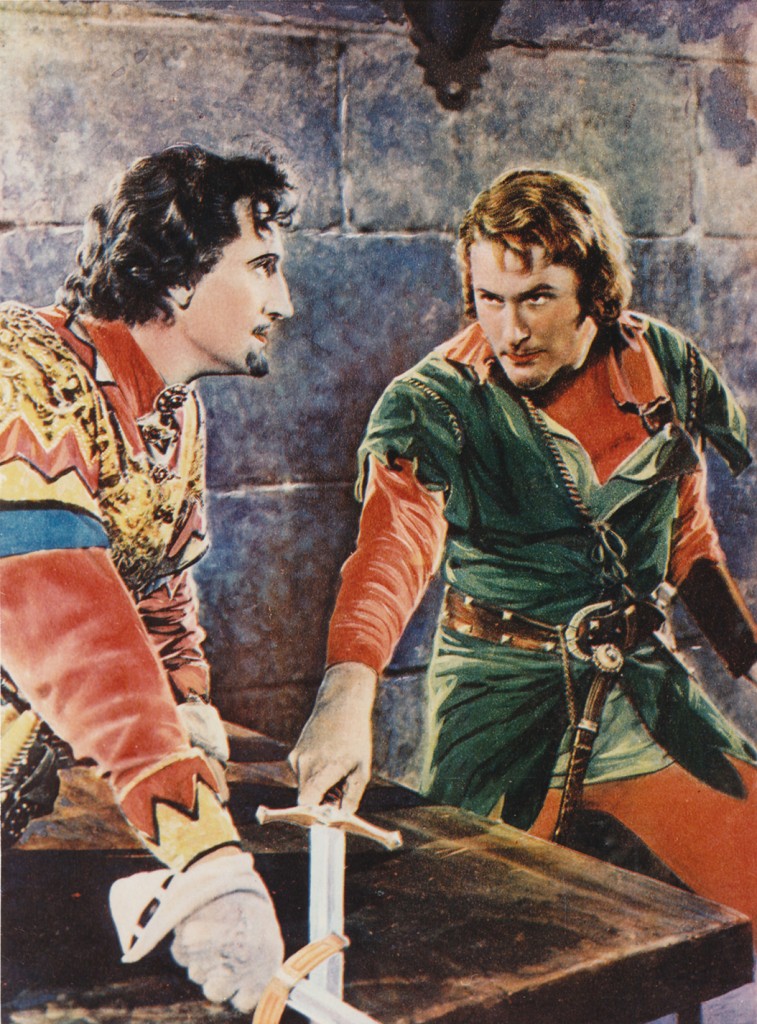Website & blogs © Louis Kraft 2013-2020
Contact Kraft at writerkraft@gmail.com or comment at the end of the blog
Ladies and gents this blog has been a long time coming. My apologies. As often, I am going to focus on subjects that are important to me. Hopefully the text moves forward at a good clip. And as always, I’ve arranged this blog to my liking; meaning that I’ve saved the most important—and all the sections are important to me—for last.
The pirate Francis Drake, the soldier George Armstrong Custer, and guess who?
The pirate Francis Drake and the soldier George Armstrong Custer entered my life near the beginning. By the 5th grade I had discovered the English pirate the Spaniards called “El Draque,” the dragon.
Drake’s derring-do in his private war against the Spanish empire terrorized not only coastal Spain but all of King Philip II’s cities in the New World. But, unlike pirates before and after him, he wasn’t a blood-thirsty murderer. Instead of butchering captives during a time of extreme religious prejudice he never harbored a bloodlust and acted with compassion. At times he even wined and dined prisoners on plates of crystal while musicians performed. Drake’s genius was twofold: He boldly plotted strikes against Spain’s empire that were implausible. and he could improvise as needed.
While still in elementary school I saw Errol Flynn’s The Sea Hawk (1940) for the first time, and even though a youngster I realized that Flynn played a fictitious Drake (BTW the term “privateer” wouldn’t come into existence until a century after Drake’s initial voyages to the Caribbean). Soon after seeing Flynn’s Captain Geoffrey Thorpe in The Sea Hawk I saw him play George Armstrong Custer in They Died With Their Boots On (1941), which introduced me to the Civil War hero who would eventually become the superstar of the Indian wars on the American Plains.
Like Drake, Custer was a warrior who also improvised. And also like Drake he wasn’t a butcher, and certainly not of Cheyennes, Arapahos, or Sioux. Unlike many Civil War heroes his fame didn’t vanish, perhaps because of his writing for he didn’t engage American Indians in combat often. He came alive when negotiating with Indian leaders. Flynn’s portrayal of Custer led me to read Custer’s My Life on the Plains, which initiated a quest that is alive to this day.
Two Errol Flynn films, both of which were fiction based upon fact that had been disguised. At the moment I don’t know why Drake’s name was dropped. Perhaps it was because Warner Bros. owned the rights to Rafael Sabatini’s great novel, The Sea Hawk, which dealt with an Englishman sold into slavery but who became a Barbary pirate, or because this film was created around Flynn’s screen persona—which I buy into. Regardless, they only retained the title, or in Custer’s case the production changed real historic personages and events into fiction to prevent lawsuits. After seeing these two films (and over the years many times), my future had been ordained even though I wouldn’t realize this until decades later. These two Flynn films have influenced my entire life. Swords, acting, race relations, and eventually my writing. Whew. What can I say, other than I’ve enjoyed many years that mean something to me.
Catching up with Errol Flynn & Olivia de Havilland
You are looking at the magazine cover for American Classic Screen (January-February 1979), a now long dead publication. Pretty cool artwork of Mr. Flynn & Ms. de Havilland from their classic film Captain Blood (1935).
Much of late has dealt with Sand Creek, hints of a medical malpractice novel (a positive report will soon follow), and the ongoing spectacle of my life (yawn). I’m certain that many of you feel that I’ve deserted Mr. Flynn and Ms de Havilland. If you think this, you don’t know Kraft.
I never desert my major writing projects. EF & OdeH are a major portion of my past, present, and future writing life. They’ll be front and center until I die. All I can say about my writing projects is “patience.” I have enough information to get my book on EF and OdeH published but this isn’t good enough. My book on Errol & Olivia is going to be different. For this to happen has and will continue to take time.
My good friend Tom McNulty, author of the best Flynn bio, Errol Flynn: The Life and Career (2004), is sharing some of his magazine research that I’ve not seen. Hopefully he will eventually be one of my key reviewers of the manuscript. With luck Tom and his beautiful wife Jan will someday be Pailin’s and my guests.
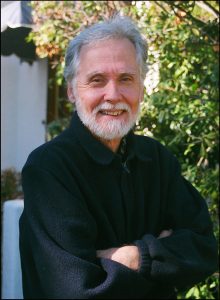
David DeWitt at Tujunga House on 13jan2013. Before David made South Carolina his home he visited SoCal to check it out. Good times for both of us for we had the time to hang out together get to know each other. More, his timing couldn’t have been better for LK, whose first website went belly up when the administrator went AWOL, for David got me going with this website/blog and gave me lessons on to create it. Thanks David, from the bottom of my heart. (photo © David DeWitt & Louis Kraft 2013)
There is a second person who is also a wonderland of knowledge and great understanding of Mr. Flynn, my bro David DeWitt. Unfortunately David lives next to the other ocean that touches the U.S. in South Carolina. Nevertheless our relationship continues to grow and like Glen Williams, he is definitely one of my go-to people. I’ve already hinted to him that when the time arrives I want him to review drafts of Errol & Olivia.
For the record Errol & Olivia research is ongoing, as is the quest to understand what the facts provide. Sometimes this is difficult for at times facts can be misleading. That said, when something pops out of nowhere but is invaluable to the manuscript it gets inserted immediately. I have learned from the past that a golden nugget can be forgotten (for outlines don’t leave room for treasures discovered during the quest for knowledge as often one didn’t know they existed until found).
I’ve already talked about how some of Errol & Olivia will be handled in earlier blogs, and without going into detail here you should know that the goal is to dig behind the realities of Errol and Livvie’s eight films. Of the eight films seven have a rich history that slowly developed from historical fact, fiction based upon historical fact, and in one case a major Broadway play. I’ve seen hints that the eighth film also saw birth from another historical figure, but alas, to date I haven’t been able to track this person down and confirm that he did indeed do what has been implied. Perhaps sometime in the future I’ll share his name on a blog to see if any of you have heard of him.
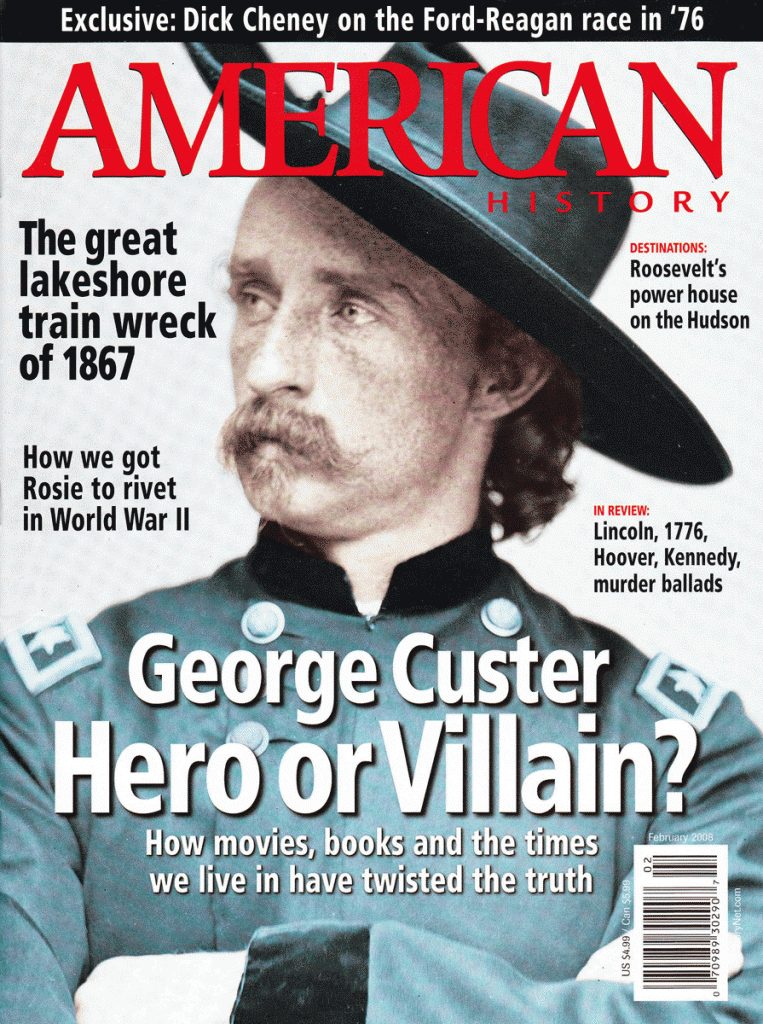
This is the cover for the February 2008 issue of American History. At the time, it was the magazine’s best selling issue (I have no idea if this is still true). This issue included my cover story: “Custer: The Truth Behind the Silver Screen Myth.” Although about Custer, the leading player in the story was Errol Flynn (it was the third of four articles that have been published about Flynn’s portrayal of Custer by LK). In my humble opinion, this is the best article I have had published to date. Certainly it is important to me (for multiple reasons).
In the near future I must ramp up my search for this shadowy figure. … Warners had a knack for jettisoning a good portion of initial research. And as Flynn’s career soared, some of this (along with what I said above) is directly related to his film persona. EF’s onscreen presence had taken the film-adoring public by storm in December 1935, and Warners realized this immediately. After the massive success of The Adventures of Robin Hood (1938), a film that is still thought of his greatest role (although I disagree with this totally), almost every film that came after until the aftermath of the farce of a rape trial and even greater farce of Flynn avoiding serving his adopted country during WWII, his roles and films were constructed to give the public what it wanted and expected when the lights dimmed in the cinema houses. A notable exception at the end of this timeframe was Flynn’s Uncertain Glory (1944)*, which gave him a dark side (although still heroic and charming) and one of his best performances.
| * Some people are big on lists. I’m not one of them, although I recently agreed to create two lists for the August 2014 issue of Wild West magazine. This said I do have a list of my top 10 Flynn films in my head. But the 9th and 10th slots on this list are sometimes replaced. Uncertain Glory is always on my list. While talking about lists, perhaps I’ll create a list of my top 50 or 60 films of all time (“of all time” is a terrible choice of words for my view of films can change with multiple viewings). That said, it is something that I might attempt in the future (Mr. Flynn’s films won’t be on this list). |
In contrast to Flynn’s meteoric rise to super stardom, Olivia’s rise to stardom followed a different path than his.
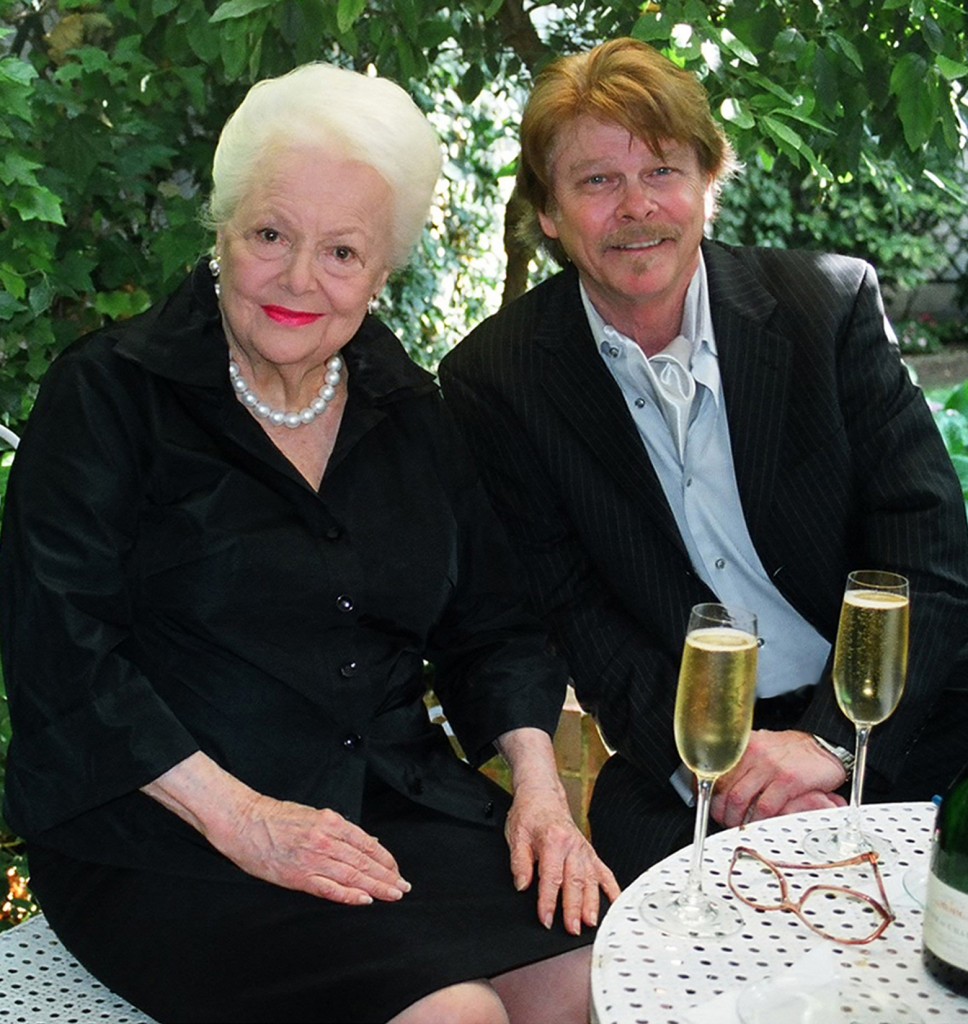
LK with Olivia de Havilland in her garden in Paris, France, on July 3, 2009. This lady is so vibrant and alive, so funny and yet political and serious. All I can say is that I’ve been lucky that she has allowed me to enter her life, if only briefly, over the years. (photo © Louis Kraft 2009)
And like EF (who knew his value to Warner Bros., and who took an active part in forming the roles he played) she also had a firm grasp of what she wanted in her career. If you talk with her, you’ll easily realize how much she craved good roles, but for her—as her box office appeal couldn’t match Mr. Flynn’s—she didn’t have the ear of Jack Warner, nor the courage to confront Jack when unhappy. Where Flynn’s massive popularity guaranteed that Warner and executive producer Hal Wallis had to listen to him, Olivia’s main thrust to garner better roles (and this included not playing EF’s lady in waiting—although years after EF’s death she realized how great the films they did together were) was to reject a role and go on suspension or have massive fits). That said, she did have guts. When Jack Warner refused to allow her to try out for Gone With The Wind, she went behind his back to land the role of Melanie (for which she won her first Oscar nomination). Playing a leading role and being recognized for her performance didn’t win her kudos with Warner; instead she was punished. By the time Olivia’s seven year contract ended and she said goodbye, she was told that it hadn’t as she still owed Warner’s time for when she was on suspension (that is time without pay). What followed took a hundred times more guts than it took for her to sneak behind Warner’s back and lobby for the part of Melanie.
And Sand Creek also creeps forward …
Regarding the ongoing struggle to understand the events that led up to the tragedy at Sand Creek, the battle, and the aftermath, my key person is John Monnett, a good friend and a great writer and Indian wars historian.
I took this photo of John Monnett (right) at the LaQuinta Inn and Suites, Denver Tech Center, Greenwood Village, Co., after we had both spoken at the Order of the Indian Wars Denver Symposium at the National Guard Base in Centennial on 20apr2013. As I was in Colorado for 11 days we were able to spend time together (thanks to our mutual friend Layton Hooper, who functioned as my personal driver in snow-blanketed Colorado).
John has always helped me, and has opened his home to Pailin and myself as he aids my quest to understand the people and events that resulted in the tragic event on November 29, 1864. Later this year we’ll visit him and Colorado (fingers are crossed, and if not then in 2015 if John’s invite remains open), track what I still need to see, and LK will again take a close look at a land that I’ve always loved but have shied away from due to temperatures that send shivers up my spine. My guess is that Pailin will fall in love with Colorado.
BTW John has recently asked me not to turn my back on nonfiction (something that is possible if I no longer have access to Indian wars or golden age of cinema research). His request was heartfelt and hit the mark. Back in the Dark Ages I thought I’d write novels, but that changed to nonfiction (a decision I’ve never questioned or shied from). I love nonfiction writing, I love the challenge to make it page-turning, and I love the search for the reality of what happened. If I walk away, a good part of me will die. That said, I must hustle enough money to stay the course (and continue to enjoy 70+ degree weather right here in the USA, and preferably in Los Angeles).
I created this dark image from a photo I took in 1999 to represent the Sand Creek village (this photo wasn’t taken at Sand Creek, so what you see here is fiction as related to 1864). That said, the attack on the Cheyenne-Arapaho villages at Sand Creek is a dark time in history, a time that should never be forgotten. I’ve used this image in other social media and Eric Niderost (a freelance magazine writer who isn’t big on proofing the spelling in his emails or drafts) objected. Much to do about nothing. This art will never see print in one of my books or magazine articles. That said, at times, I must keep dark images in my head as I move forward. For only then can I (hopefully) create text that is light and moves forward. What good is a book, or any writing, if it puts people to sleep? The goal is to grab people’s interest, their soul, their guts, and keep them reading. (photo & art © Louis Kraft 1999 & 2013)
Regardless of the progress on Sand Creek, the research is ongoing, and my mind constantly swirls as I try to figure out how to mix and match people (major, minor, and bit players) as they enter the story, advance the story, and drift off to perhaps return or not). The key is the flow. It has to be smooth and yet natural, and it cannot bounce all over the place in time. I’m a firm believer that action is character. We are what we do and not what we say (although our words are important if we do what we say). Anyone can tell a good tale, but if he or she doesn’t live his/her tale it isn’t anything but fantasy, fiction, or lies. When a person says one thing but does the opposite, it is the doing that is his or her history. Just read all the slop that is stuffed down our throats on a daily basis. Publicity, regardless if a press agent leaks it or a columnist shoves it down your throat, is still publicity—meaning it is what it is. And that is nothing unless the publicist’s client did what was released or the columnist’s subject did what he claimed happened. If not, and it is accepted by us as true and not challenged, in the future this untruth or lie will find its way back into print—and this error will again see life. Worse, lazy historians who don’t do their research but instead create (or repeat history that never happened) as they pull from a handful of secondary sources while blindly printing what they have read without knowing it was indeed based upon fact.
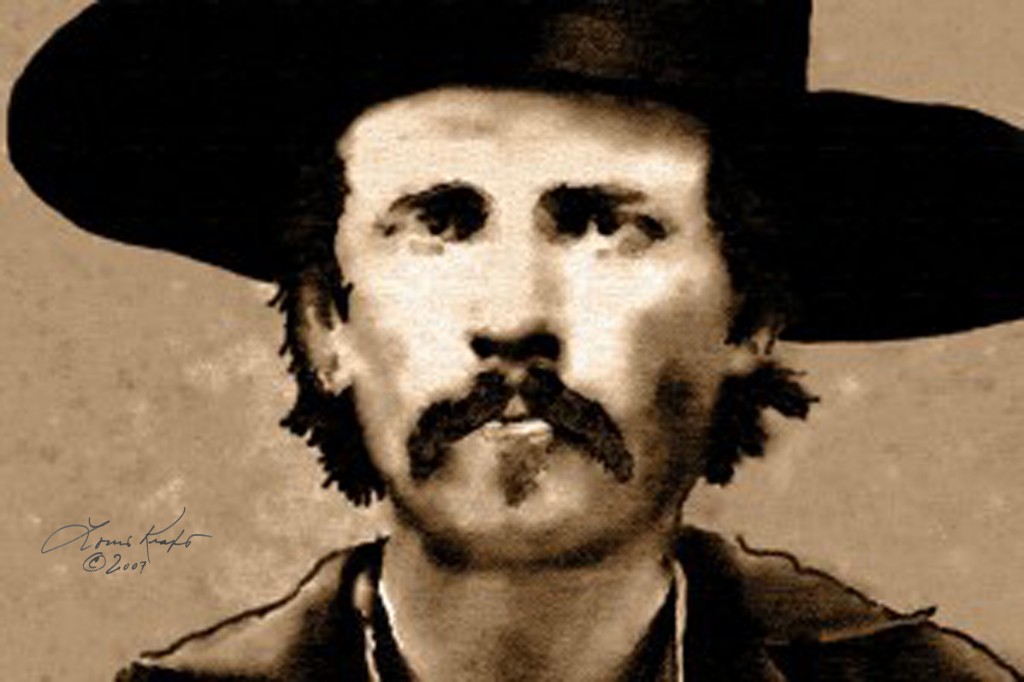
This image of Ned Wynkoop has been published four times, the last being in summer 2013. I’m not a great artist. If you talk with real artists, they’ll tell you my attempts suck. Still I continue. Why? Sometimes I get lucky and I earn a few bucks that in turn puts food on the table. I need say no more. Actually I do, for some people don’t like how I write.. Why? ‘Tis simple. I do what I want, learn as I go, and I have no fear of breaking the rules. (art © Louis Kraft 2007)
For example and regarding Ned Wynkoop: How many times have you read that Wynkoop attended Silas Soule’s funeral in Denver in 1865?
Fact: Wynkoop didn’t attend Soule’s funeral in Denver, but was at Fort Lyon, Colorado Territory. I’m certain that this error will continue to be repeated again and again in print. Or how about this quote about George Bent: “George Bent remembered as a child in the 1830s seeing Indian herds grazing for fifty miles along the river [the Arkansas] near Bent’s Fort.” This quote is on page 87 of Elliott West’s award-winning Contested Plains: Indians, Goldseekers, and the Rush to Colorado (University Press of Kansas, 1998). The note cites page 37 in George E. Hyde’s Life of George Bent: Written From His Letters (OU Press, 1968). So far, so good.
However, the sentence referenced in Hyde’s work states: “When I was a boy I saw the Kiowas, Comanches, and Apaches camped on the Arkansas near my father’s fort, and their pony herds were grazing along the river for fifty miles.” Still so far, so good. But—there’s always that damned “but”—BUT George B. was born on July 7, 1843. How many “so-called” historians will repeat this error ad nauseam as undisputed fact?
Writer/historians make errors and sometimes they aren’t caught until unfortunately in print.* It happens. Although my publishers have said they’d fix errors to date they haven’t. I have corrected my errors in magazine and book form when dealing with the same subject in subsequent books and will continue to do so whenever possible.
| * Other errors can happen when in copyediting. For example, on page 182 (chapter 12, “Hancock’s War”) in Ned Wynkoop and the Lonely Road from Sand Creek (OU Press, 2011), while accompanying Maj. Gen. Winfield Scott Hancock’s 1867 expedition in force to meet or engage the Cheyennes (and other tribes) reporter Henry Stanley wrote the following about Wynkoop: “The Colonel is an Indian agent par excellence, of whom a slight description will not suffice to convey any just idea. He is a Plains man, and the best handler of Indians that has been on the Arkansas. The Indians have every confidence in his integrity, and respect him for the ‘heap fight’ that he is known to be capable of making.” In the copyedit the editor changed this quote from representing Wynkoop to George Armstrong Custer. When I complained loudly, she said, “Didn’t Custer put up a ‘heap fight.'” (the quote is a paraphrase). “No!!! We’re talking about Wynkoop and not Custer!” I’m not picking on this lady or copyeditors. Errors can be made. My copyeditors, including this one, have been first class—except one; no comment. |
An LK attempt to improve research
The last blog dealt with Charley Bent and my quest to learn more about him for Sand Creek and the Tragic End of a Lifeway. The attempt to gain unknown information has been less than successful.* That said, I did learn key information about Charley that I didn’t know. I do intend to again attempt presenting another person in a future LK blog or on the OIW FB page in the hope that it will generate a response. Hopefully this will happen in the not-too-distant future.
| * Less than successful is not the best way to describe my attempt to learn more about Charley, for the simple reason that he is shrouded in mystery and only surfaces here and there during his all-too-brief life. |
Who I am
The subtitle of the LK website/blog is “Follow the winding trail of a writer as he walks a solitary road …” I chose those words carefully as they have a lot of meaning for me. I’m not looking for sympathy. Actually I’ve had a great life, it’s just been lonely at times. My choice.

LK as Ned Wynkoop in 2012, when I represented him when he was inducted into the Santa Fe Trail Hall of Fame. In this image I’m leaning against the recently reconstructed building that Wynkoop rented while U.S. Indian agent at Fort Larned, Ks. (photo by friend George Elmore; image © Louis Kraft 2012)
I chose the path I’d follow, and I’ve refused to compromise. That said, I’ve had no problem with changing my course whenever it was good for me. Again, I made the decisions and have flat out refused to back off from my goals. This has cost me. I can’t give you, or won’t give you, what ruined an early marriage, but I have had two long term relationships that I had hoped would be forever. They weren’t. This can’t be placed on the two lady’s shoulders for it is a two way street. It didn’t matter for two outside forces did everything possible to doom those relationships. The first lady didn’t try but the second did, only to give up. The outside forces gave no mercy and did everything possible to destroy these relationships.
After the last relationship had ended in 2011, I decided that nothing and no one would again interfere. This is my fucking life and no one else’s. That year had two endings to one relationship. Looking back both are hysterical. And I’m dying to share the stories. If I do the words are going to jump off the page (and I do have good notes). But alas, you’ll have to wait for the Memoir, and then only if I have the guts to show in words what happened. Yeah, LK wants to keep on walking this earth in one piece.
I’m good with the lonely trail, and let me tell you I’m perfectly fine when I’m all alone. I’m at peace with the world and with my brain totally alive.
The good die young
This is my father, Louis J. Kraft Sr., at my former Thousand Oaks, California, home on August 17, 1991. The house was a half block walk into the Santa Monica Mountains. When young, and after my parents purchased their first and only California home, they ensured I had swimming lessons and had a pool created for me. Throughout the years swimming has been a major portion of my life (and is by far my favorite physical activity). From my mother’s death forward we were forever good in each other’s presence. However, beginning before my mother’s early death, he had become the key player in my life (even though I didn’t know it) and this dated back to my college years. (photo © Louis J. Kraft, Jr. 1991)
They say that the good die young. My brother, my sister, my mother, Dale Schuler (my dad’s partner, best friend, and a father and good friend to me) died young. Do they?
For the first 33 years of my life my father were at war while loving each other. I should have been the man my father wanted, but I refused to walk that road. We were at constant odds. He knocked me out once. A year or two later, a fat woman broadsided me and my motorcycle while running. She knocked me cold and left me hanging from a wire fence. My father was right there for me.
Later yet, while working for my father’s construction company I kicked down the framework for a swimming pool that I had just set when he was digging the hole too quickly with an International Harvester TD6 tractor and making it difficult to drive in the stakes accurately. But the next day it was as if it never happened. That was our life. I couldn’t be what he wanted and had every intention of doing what I damned well pleased. We didn’t connect until his wife/my mother went into the hospital for the last time on December 26, 1979. She died 10 days later. During those 10 days we spent every waking minute together and those 10 days gave us a relationship that would last for the last 19 years of his life. Oh, we still fought, but the next day it was again as if nothing had happened. This man gave me my life, for he instilled in me the courage to do as my life called and to hell with everything else. This has been with me while he lived, it was certainly present when he died, and it is with me ’til this day.
A day I’ll never forget
Christmas 1988 at the LK Encino, California, home. From left: LK, Louis Sr.; standing from left: Linda Kraft (my sister), Robin Fried (my brother’s longtime girlfriend), and brother Lee Kraft. Good Times, and although my father and I didn’t know it at the time, my brother Lee had a little over a year to live. By this time my father was long retired and had nothing to do with his former company, BKS Excavating. (photo © Louis Kraft 1988)
February 14, 1999, was one long day of hell.
I had been taking care of my father for years, and during this time I had seen our relationship blossom. Oh we continued to argue and fight, but we had become close-knit buddies. I spent between three, four, and sometimes five days and/or evenings (on weekends or after writing for Infonet Computer Services and then Storm Control Systems in El Segundo, California, beginning at 6:00 AM) with him every week. We ate together (either before or after I did whatever tasks he needed completed; grocery shopping always on Wednesday was usually three to five stores with a wad of coupons with all the items he wanted on the ads marked—easily two–three + hours).

Marissa Kraft and her grandfather at Tujunga House on Father’s Day 1995. Good times for both Marissa and her grandfather as she stayed with him before school and after school until I could pick her up. During summers she spent the entire day with him. (photo Louis Kraft Jr. 1995)
But they were good times as we relaxed and ate (most often he cooked the food, but sometimes we had takeout, and if I came from home I brought food) and enjoyed each other’s company. As the days and years passed he became weaker and weaker. His time walking the earth neared an end. About two weeks before his death, when he became too weak to move about, he entered a convalescent home, and here his health declined quickly. I saw him daily and our talks continued. At this time he told me: “If I had known that I would live this long, I would have taken better care of myself.” A day before his death he said to me: “I love you” as I left. This was the first time he had ever said this to me (but we both knew he did).
The above words were the last words my father said to me, for the next day (a Sunday and Valentine’s Day) when my Japanese lady (Cindy Tengan) and I arrived to see him he was no longer in his room.
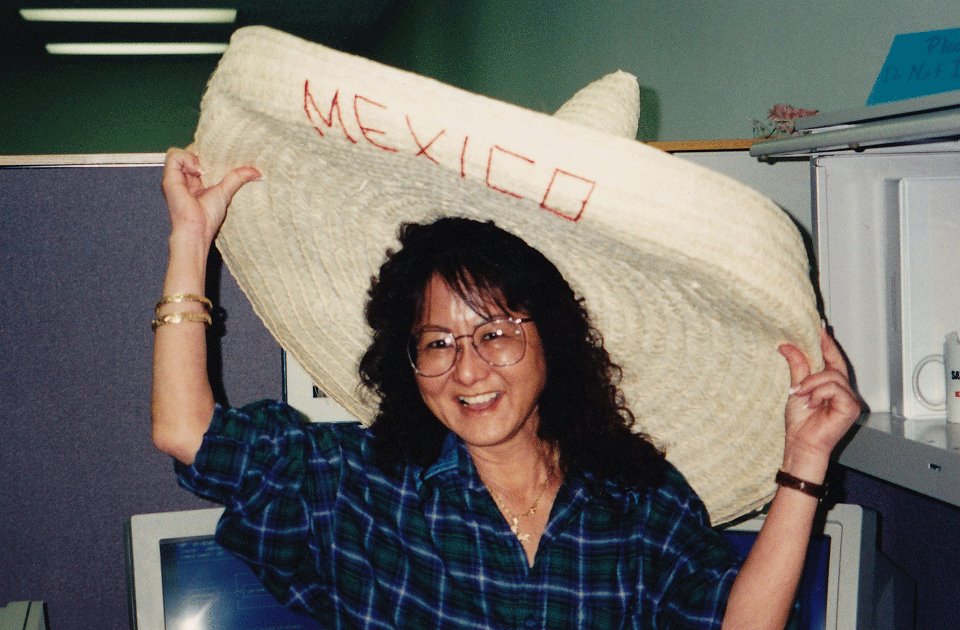
Cindy Tengan, a product manager at Infonet (now British Telecom Infonet) in El Segundo, Ca., on Cinco de Mayo 1995. We had met in 1994 when I still wrote for Infonet. Although she had made no attempt to befriend my daughter, she was a good person. My father liked her, and I’m lucky to have known her.
Instead he was half on and half off a bed in a room with other people on beds. Worse, he had pulled a cord that fed him air (the first time he had one) from his nose and it dangled from his bed. I went to the desk and asked for a nurse. After she got him back on the bed with the air in place I demanded to see someone in authority. “Keep my father alive!” The cold answer was “Show us proof you can demand this.” Cindy and I raced to my father’s house a little over a mile away and tore it apart. We couldn’t find his living trust. Did he give me a copy? I didn’t think so. We raced to my house and tore it apart. No trust. During this time I had placed 10–15 calls to my sister’s home and cell phones and left messages with no return calls.

This image was taken at my sister’s house in Long Beach, Ca. Although our relationship ended, Cindy Tengan was always there for me, … and without her I would have died 11 years ago. (photo © Louis Kraft 1995)
Cindy and I sped back to the convalescent home. My father wasn’t in the room. “Where is he?” “He’s been moved to the Northridge Hospital” (this is where my brother had been helicoptered after dying on a bank below the 101 freeway in March 1990). My daughter and her mother arrived at the home and in two cars we drove to the hospital, which was about a mile away. They took us to a room (memories of my brother Lee, for in 1990 the first thing out of my mouth after being taken to a room with my father was, “Is my brother alive?”) I asked the fatal question: “Is my father alive?” “Yes.” “Keep him alive.” “Do you have authority?” “Yes.” I didn’t have the trust that gave me authority, but they didn’t ask to see proof.
We sat in the room and waited for updates. About an hour passed. A doctor appeared and informed us that he was still alive. “Please keep him alive,” I said. More time passed. The doctor returned and told us that my father/Marissa’s grandfather had died. After Marissa and I spent time with him for the last time, Cindy and I returned to Tujunga House. Sometime after the midnight hour, and after over 30 phone calls and messages, my sister called (as it turned out, she had taken the trust without telling me). I had told her two days before, on Friday, that our father probably wouldn’t live through the weekend. She said: “I didn’t believe you.”
As I said above, actions trump words every time when it comes to who we are. Hell, it was Valentine’s Day weekend! What should I have expected from her?
A June 2013 day

Pailin Subanna (right) with her coworker at Tujunga House on June 15, 2013. Pailin was looking at me when I took this photo and her eyes captured my soul. (photo © Louis Kraft 2013).
I’m not going to say much about a June 15, 2013, dinner party that I was hosting for five, other than one of the guests had talked me and a lady she knew into agreeing that she should make it a party of six that day and evening at Tujunga House.
I haven’t just written about culture and race, I have lived it. I love people the world over—past and present. This has been the theme in my writing, over and over again, along with that key word, “peace.” And I have walked the life I talk, and that is simply people are people. Because of this I have been accused of being prejudiced against being intimate with white women. This accusation is laughable. A pretty woman is a pretty woman and I don’t give a bleep what her race is.
When Pailin Subanna appeared at my door on that June 15 day holding orchards I sucked in air and damned myself for not having a camera in my hand. On that day she walked into my world and touched me as no other person has ever done before.

This lady named Pailin was for me, and I asked her out (a first for me since 2011). On June 20, 2013, I picked her up and we drove to Santa Monica, Ca., and walked along the cliffs above the beach. We later descended the stairs to the beach, walked along the Pacific, enjoyed the pier, and each other at a Thai restaurant in the Santa Monica open mall. She was fragile but full of life. She later told me she had been told that she needed to open her heart. Although unsaid, so did I. This sunny June day was perhaps one of the most important days in my life, for it directly led to my future, a future of two people who dared to open their hearts. (photo © Pailin Subanna-Kraft & Louis Kraft 2013)
Pailin was quiet and yet composed and firm while dealing with things that perhaps should not have been said but were (not by me). I liked her beauty, but more I liked her poise and strength of character. Before she left that night I knew I wanted to see her again; I wanted her to enter my life.
Pailin had been hurt, and much worse than me. And she has also walked a lonely road. She was frail, vulnerable, and yet alive as no one I’ve ever encountered. She opened her heart and this led to us becoming friends, best friends, and falling in love.
As the year moved toward conclusion Pailin and I decided that we wanted to marry. I thought it would be in May 2014, but Pailin wanted February 14. I told her about my father’s death on that day in 1999 while adding that I was good with Valentine’s Day, as it could be a special day in my father’s life and in ours. We looked into February 14, and lo and behold if we moved quickly we could make this day happen, make this day become a second important day in my life.
THE Day 2014
I hadn’t slept in two nights (and neither had Pailin). Some health reasons, but also our nervousness over the coming day (and there are things here I cannot say—not now and perhaps never for if I do it will unleash a maelstrom of evil; don’t ask for this is something that I can’t talk about).
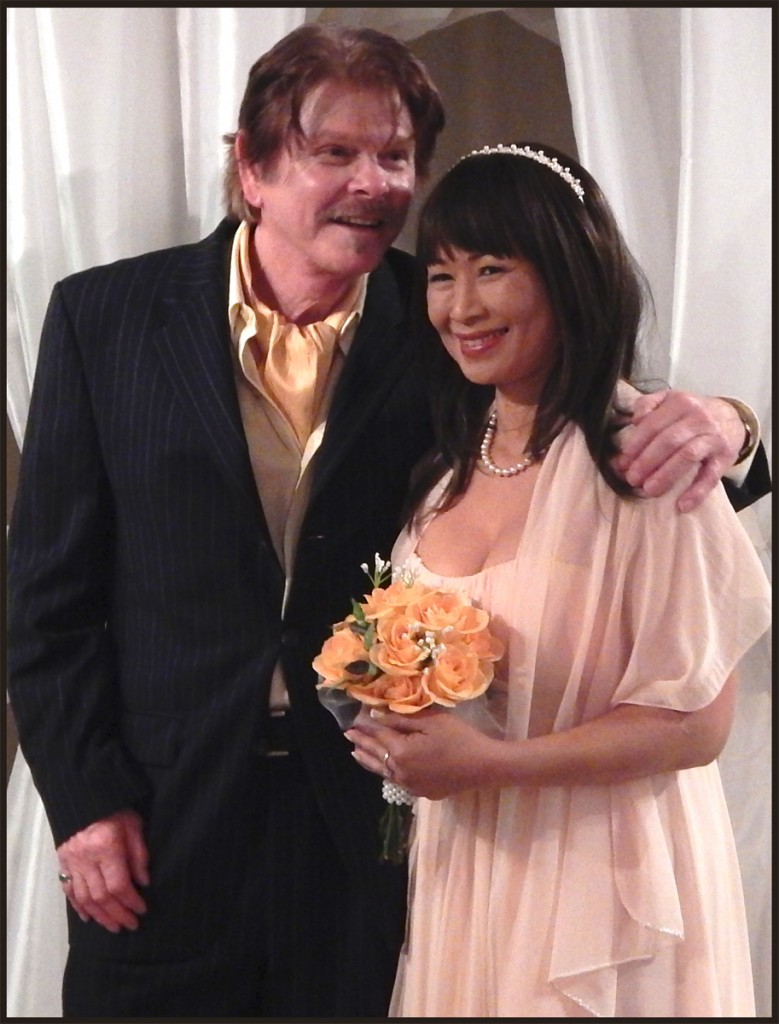
We struggled to maneuver through LA traffic. Luckily there was a parking spot on La Brea north of Wilshire and I took it, which probably saved another 10 minutes of drive time as we didn’t need to look for parking once we looped around the Albertson Chapel. We had time after Pailin dressed and before the ceremony, and while friends snapped photos I chatted away in Pailin’s ear. (photo © Pailin Subanna-Kraft & Louis Kraft 2014)
The day arrived and we were up; a glorious sunny day and already warm. Although tired, we were happy. Nervous but happy and longing for our new lives together. She cooked soup for breakfast. “Alloy ma!” “Delicious!” I’m a good cook, but when compared to her I’m not. Pailin’s soups are to die for. If I don’t have my soup to start the day … GRRRR!!!
We still had a lot to do to prepare for the day, and we crammed. We were due at the chapel at 12:30 and although we hoped to leave at 11:45 we didn’t leave until 12:10 PM. We had made the drive to Wilshire Blvd. on the Miracle Mile in 20 minutes, and I had later made the trip in 30 minutes. On this day it took 50 minutes. I don’t get nervous, but on this drive I was a wreck. I totally forgot about taking the 170 freeway to the 101. Surface streets, including me making wrong choices on the streets added time to the trek. The Vette flew on the 101 freeway when we reached it, but from there on it was bumper-to-bumper no-move traffic. Highland Ave. to Franklin to La Brea to Wilshire Blvd. in LA should have been a cup of tea. Fat chance. Try 25 minutes for a few miles (and often taking two lights to get through an intersection). During the drive, Sabrina, Pailin’s niece, called a number of times asking where we were. It’s too bad that Pailin wasn’t driving, for I would have said, “We’ve called it off.” Yep, I do have a sick sense of humor (for this certainly wasn’t what I wanted).
We finally arrived at the Albertson Chapel 20 minutes late. Almost everyone was there and were wondering if we had called the wedding off.
No way! That said, I was having trouble walking. Surrounded by people and knowing that my future was less than an hour away, I relaxed and began to enjoy this precious time. We were allowed 20 guests. Most were Pailin’s, and most I knew and liked … Sabrina, Montanee, and Kobie are three ladies I’ve enjoyed knowing since meeting them. I invited a few people, but not my great friends Tom and Judy Eubanks as they had a long drive and were working on this day (I will forever regret this decision).

This image is based upon a photo taken with Pete Senoff’s camera at Lum Ka Naad in Northridge, California, on 25jul13. From left: LK, Pailin, Nina & Pete Senoff. On this day, Pailin and Nina met for the first time and became instant friends (Pete & I were amazed at how well they hit it off).

LK with Marjorie Chan, a marvelous person that luckily became my friend. I have enjoyed every time we’ve seen a film, a play, ate together, or simply hung out together. (photo © Marjorie Chan & Louis Kraft 2014)
Pete Senoff, who as editor of the Grover Cleveland High School newspaper, made my final year there a pure joy by keeping my image and words in print, which in turn helped me get elected Boys’ League President. Pete and I had reconnected a couple of years back, just prior to his marriage to Nina, and, along with Pailin, has made us a close foursome.
I had the pleasure to work with film and TV costumer Marjorie Chan in the early 1980s (TV show Tucker’s Witch and TV movie Johnny Belinda with Richard Thomas). Thirty+ years, many caring talks and time together, and we’re still good friends (no matter how long the gaps between us seeing each other).
I think that everyone mingled and got along, but I don’t know …

This is my favorite image from Pailin & LK’s wedding. (photo © Pailin Subanna-Kraft & Louis Kraft 2014)
… for I was too excited and focused on the fragile woman that had entered and changed my life.
Everything moved at lightening speed. The Reverend Fernando Rossi Howard officiated, and although he had trouble pronouncing Pailin’s name, and suffered through me correcting him and other LK ad-libs*, the ceremony and wording couldn’t have been better. Best of all Pailin and I didn’t know what he would say before hand, even though the three of us had discussed it with examples that we brought to our initial meeting, examples Pailin and I liked or didn’t like.
“Ad-libs” are when actors don’t say their lines as printed in film or play scripts, which are supposed to be holy. From my POV as both actor and writer, this is little more than BS for the simple reason that oftentimes ad-libs are better than the scripted words. … Back in 2009 while rehearsing Cheyenne Blood, a play I had written, as Ned Wynkoop I said lines that weren’t in the script. The director, my great friend Tom Eubanks, stopped the rehearsal and said that I didn’t say the correct words. “I ad-libbed” I stated. “Say the correct lines.” “I just did!” “No you didn’t!” “Yes, I did. Write what I just said in the script and we’re ready to continue.” He didn’t, and those words were lost to eternity. LK is one writer who doesn’t buy into the theory that the written word is holier than hell (or however that phrase goes).
Both Pailin and I were totally attentive to Fernando’s words and in tune with each other, especially during our vows which concluded with placing the rings on our fingers.
This was our 1940s-style kiss; don’t want to give too much away. (photo © Pailin Subanna-Kraft & Louis Kraft 2014)
Another ad-lib
… another laugh
When we reached the point where Fernando asked if I took Pailin to be my wife … “I said, “Kub-pom.” This garnered me a nice laugh from the Thai people present; I suppose as they were surprised that I used their word for “yes, sir.” I hadn’t expected their reaction and waited until the laughter ended before saying, “Yes, I do.” In stark contrast to my tightness at our late arrival at the chapel I was totally loose and enjoying every minute of the ceremony. Pailin was a little more serious than I. Where I allowed my emotions drive how I said words, she was quieter.
This is not a full group shot (don’t think any were taken). From left: Annette, Robert, Nina, Pete, Kobie, Nam, LK, Greg, Pailin, Marjorie, & Mam. (photo © Pailin & Louis Kraft 2014)
Add that I am good friends with a number of Pailin’s friends even though I haven’t seen them that often; Montanee Sothtitham, Praphuntri (Kobie) Poopan, and Pakgirapa (Sabrina) Subanna for certain. Others I met for the first time, including Caterine Jensin, Jackie Vinai, Annie Aunroun and Jenny Atchara (whom I actually met briefly at the Thai Temple on December 31, 2013) are open and I feel good when in their company. Like my friends, Pailin’s friends are close to her.
Friends shot pictures for us, and along with those taken by the chapel, I have a good selection to pull from (and believe me, their images although shot with inexpensive cameras, often are much better than the official images … many of which are useless).

A done deal, and 1000 times more important than signing a book contract. LK is one lucky pirate/frontiersman. (photo © Pailin Subanna-Kraft & Louis Kraft 2014)
If you’ve followed the blogs since I met Pailin, you are aware of what type of person she is and know why I fell head over heels for her. On February 14 she was as always; that is full of life and enjoying every minute of it. I couldn’t have asked for a better wedding. It was a special day for me for now I am linked with a special person for all time, a special person that took me a lifetime to find.
We had a small reception at Tujunga House but we spent the time with our guests and perhaps only one photo was taken.
February 14, 2014, was step 2 in our lives together (step 1 was June 15, 2013, when we met). Hopefully we’ll complete step 3, which has already begun, by year’s end. Doable? Don’t know. We’ll find out.

On February 20 Pailin and LK met with a lawyer to discuss our future. Afterwards we shopped in Thai Town, and then returned to the Albertson Chapel in Los Angeles to see Rev. Fernando Howard. I hadn’t mentioned it, but he is an Apache. His marrying us was alive and had grabbed both of us (I had to struggle to prevent tears from flowing). Fernando is friendly, bright, and a good person. I like him. During all of our meetings (and including February 20th there have been four) the talk has also included the Apache Indians and especially Geronimo. For those of you who don’t of him, he was a Chiricahua Apache mystic and war leader. I wanted to give Fernando a copy of Gatewood & Geronimo that both Pailin and I had signed. He was thrilled. I’m certain that Pailin and I will see him in the future. (photo © Pailin Subanna-Kraft & Louis Kraft 2014)
Oh the writing continues. It will continue until the day I die, but my life has changed for all time. I’ve found that special person to walk through the world with me. Our lives have been challenges, but now joined it has become one challenge. A challenge that both of us are capable of dealing with and we’ll do this together. Our life is one we both want and will work at together to create.
Los Angeles is our home (it is certainly key for my Flynn and de Havilland research). We hope that this will remain our home for all time as we love it in LA. However, if this isn’t possible we’ll look to relocate in a few states in the USA (all are key to Indian wars research, but alas, several have too much snow for this ol’ boy’s liking). That said, they are definitely on our radar. Other choices exist, but aren’t for this blog.
Bottom line: I’m the luckiest fellow in the world.

